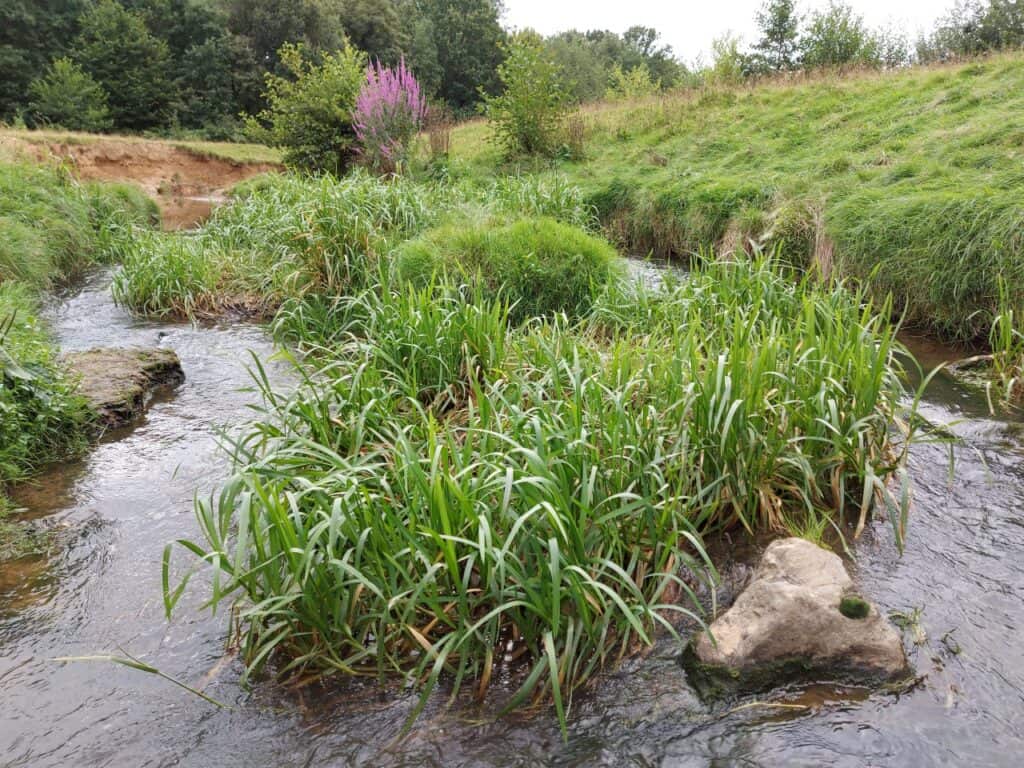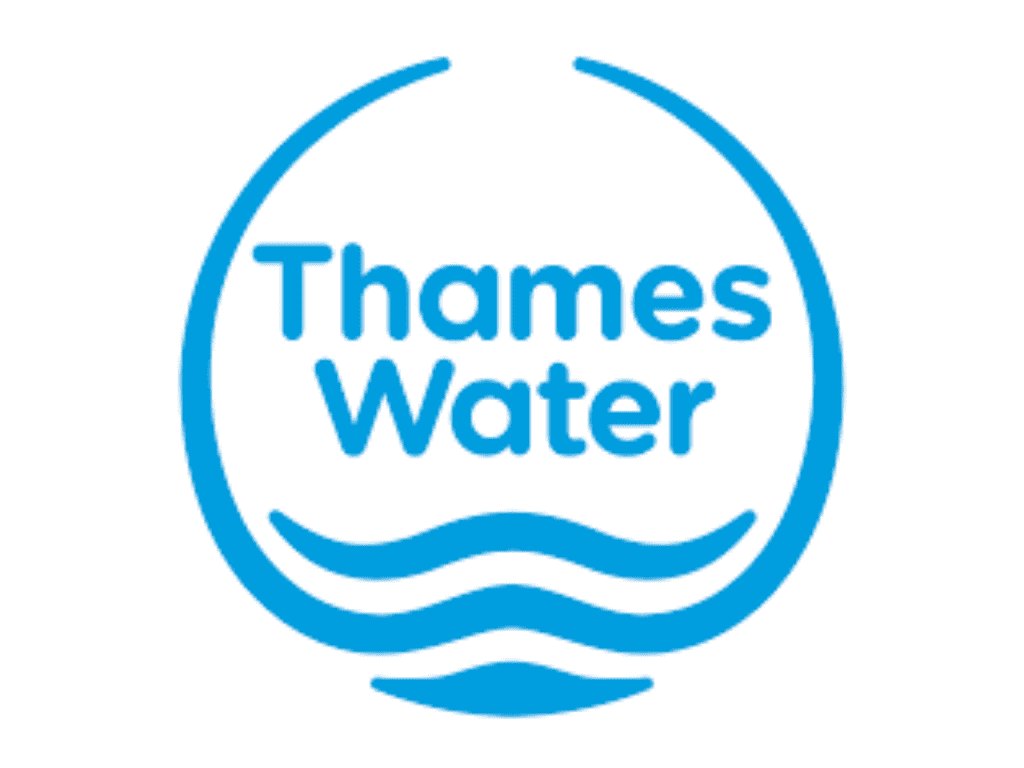Restoring the river networks for fish and wildlife
A number of man-made barriers, such as weirs, gauging stations and culverts, separate stretches of river, restricting the movements and survival rates of fish and eels, among other wildlife. The project will work to reconnect sections of river by installing fish and eel passes or removing barriers.
The river enhancement aspects of the Mending the Upper Mole project will also re-naturalise stretches of this network of water, improve habitat diversity and enhance conditions for wildlife.
Methods to achieve this include re-profiling riverbanks, introducing large woody debris, adding fresh gravel along the bed of the river and creating backwaters and marginal habitat, which will also increase the resilience of the watercourses to climate change.
Habitats will be improved for fish, including the creation of spawning, fry and nursery habitat to improve fish recruitment. Off channel refuge areas will also be created to enhance the fish population’s resilience to future pollution events.
The Mending the Upper Mole project is receiving funding in the form of a donation from Thames Water as a Voluntary Reparation after a pollution incident in 2017, when more than 1,000 fish were killed on the Gatwick Stream. SERT will also be seeking additional funding to maximise the project’s impact.
A large and diverse range of coarse fish species, as well as brown trout, previously thrived on the Gatwick Stream before the pollution. Despite a restocking programme, levels remain low. The project aims to revitalise fish stocks by improving habitat and in-river conditions, so that a healthy self-sustaining fish community can be established and be more resilient to any future pollution events.


